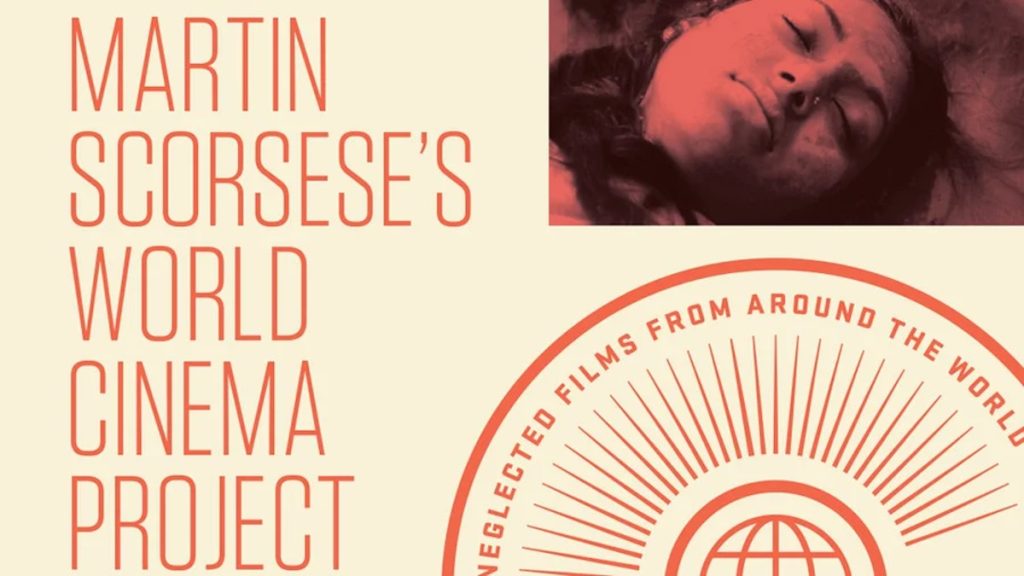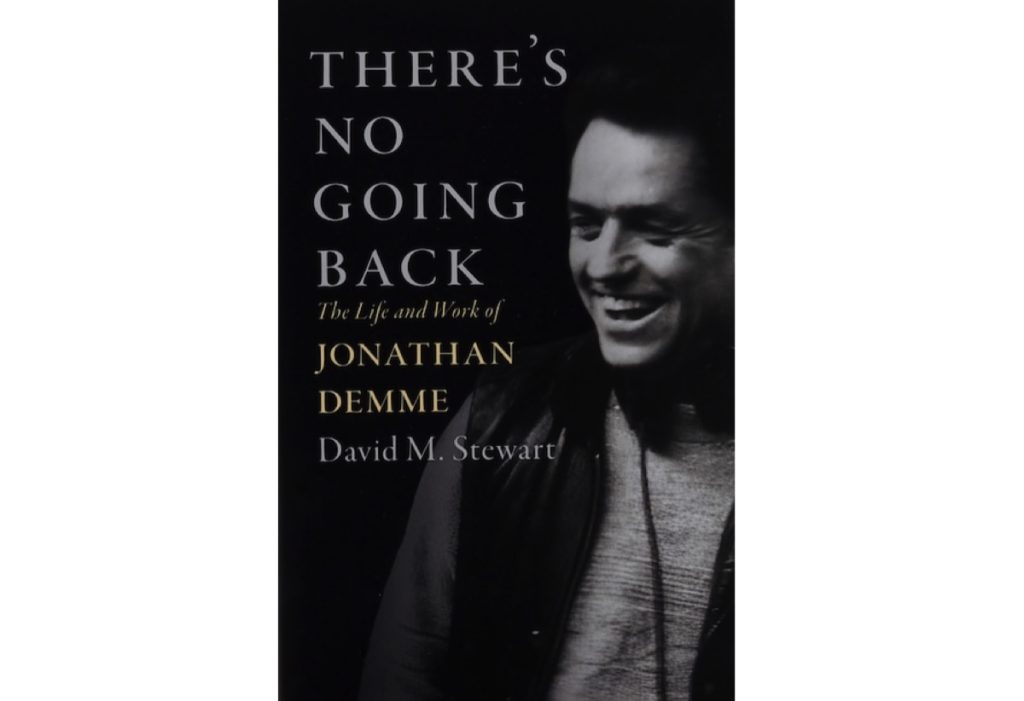Twenty-five years ago today, Star Wars fans were eagerly anticipating the release of a major new project from franchise mastermind George Lucas: Lucas had created what he called the Special Editions of his three Star Wars films, remastering the movies with updated special effects and adding in expanded and revised scenes, and they were set to be released in theaters over the course of three months.
What seemed like a win-win situation for the already massively successful franchise turned into long-running fan controversy that has now outlasted Lucas’ own involvement in Star Wars. Many of the changes that Lucas made in the Special Editions have since become notorious, from the altered confrontation between Harrison Ford’s Han Solo and bounty hunter Greedo to the addition of a CGI version of Jabba the Hutt. In subsequent years, Lucas continued to make changes to the movies, adding in elements from his Star Wars prequels and even tinkering once again with the Han/Greedo scene before the debut of Star Wars on Disney+.
While it’s frustrating to fans that Lucas often seems to misunderstand what made the original Star Wars movies so appealing, what’s more troubling is the way that Lucas (and his subsequent corporate partners at Disney) seems intent on obliterating every previous version of the movies once any new change is made. An entire fan culture has sprung up around the efforts to obtain and view the original cuts of the Star Wars trilogy, which are only commercially available on out-of-print VHS, DVD, and even laserdisc releases.
The fan-created “despecialized edition,” which is a high-definition version of the original trilogy without the Special Edition alterations, has been widely circulated online, but is, of course, a copyright violation. For an entire generation of viewers, the Special Edition of Star Wars is the only edition. The original films, which were seen by millions, nominated for Oscars, and integral to the evolution of cinema, have been effectively erased.
Lucas’ changes to the Star Wars movies may be the most notorious example of a director erasing their own cinematic past, but he’s far from alone. Want to watch Milos Forman’s Best Picture-winning 1984 biopic Amadeus? It seems easy, since Amadeus is available for digital rental and/or purchase from the usual range of outlets, as well as on a beautifully remastered Blu-ray. But look a little closer at all of these options, and you’ll see that none of them include the movie as it was released in 1984. Every currently available home video option for Amadeus is Forman’s 2002 director’s cut, which adds nearly 20 extra minutes of footage. If you want to see the version of the movie that won eight Oscars, your only option is a double-sided DVD released in 1997.
There aren’t nearly as many hardcore fans of Amadeus as there are of Star Wars, but plenty of viewers are still outraged that they can’t watch it in its original form (just take a look at the Amazon reviews for the Blu-ray). Amadeus even has its own fan-created “despecialized edition,” painstakingly reconstructed from the director’s cut Blu-ray and upgraded elements of the 1997 DVD. It’s hosted, naturally, on a site dedicated to the preservation of the original Star Wars trilogy.

“Once we are re-releasing it on DVD, it doesn’t matter if it is two hours and 40 minutes long, or three hours long. So why don’t we do the version as it was written in the script?” Forman told the AV Club in 2002, and his cavalier attitude doesn’t indicate anything close to the level of obsessive control that Lucas exercised over Star Wars. Forman died in 2018, so he’s not standing in the way of a reissue of the theatrical cut of Amadeus, but no one is clamoring loudly enough for it to be worth the necessary time and money, apparently. Twenty years later, the new version is now the only version.
Whether or not any of these new versions are improvements over the originals, they still shouldn’t make the previous cuts obsolete. Take Lucas’ fellow film school brat Francis Ford Coppola, who’s made a habit of retooling his films after their initial releases. The various versions of Coppola’s classic Apocalypse Now are all readily available, but the same isn’t true for his 1984 box-office flop The Cotton Club, which was re-released in a director’s cut titled The Cotton Club: Encore in 2019.
Like Amadeus, The Cotton Club seems to be available to watch online, both as a digital rental or purchase and streaming for free on services like Hoopla, Kanopy and Pluto TV. But all of those versions, as well as the only DVD/Blu-ray release currently in print, are The Cotton Club: Encore, without the original cut. Upon its release, The Cotton Club: Encore received much more positive reviews than the original version. Jordan Hoffman in The Guardian gave it five stars and called it “absolutely terrific” and “a gift to cinephiles everywhere.” But even if this version is much better, does that justify burying the previous version? Does Coppola get to rewrite cinema history?
When Criterion released the massive box set World of Wong Kar-Wai last year, featuring new restorations of classic Wong films including Chungking Express, In the Mood for Love and Fallen Angels, the Hong Kong auteur defended his choice to make alterations to those beloved films, whose previous versions are available now only on pricey out-of-print releases in the U.S. “When a film needs to be restored, there are always things that can be fixed, otherwise why bother with the restoration in the first place,” he told IndieWire. “I invite the audience to join me in starting afresh, as these are not the same films, and we are no longer the same audience.” But in making those original cuts so difficult to watch, he turns that invitation into a command.
“I hope, however, that this new version doesn’t replace the old one on the video shelves; the ideal solution would be a DVD with the 1988 version on one side and the 2002 version on the other,” Roger Ebert wrote when Giuseppe Tornatore released his nearly three-hour director’s cut of the Oscar-winning Cinema Paradiso (titled Cinema Paradiso: The New Version) in 2002. As usual, Ebert had the right idea (and both versions of Cinema Paradiso remain available). It’s disappointing that some of cinema’s greatest artistic voices don’t see things the same way.



